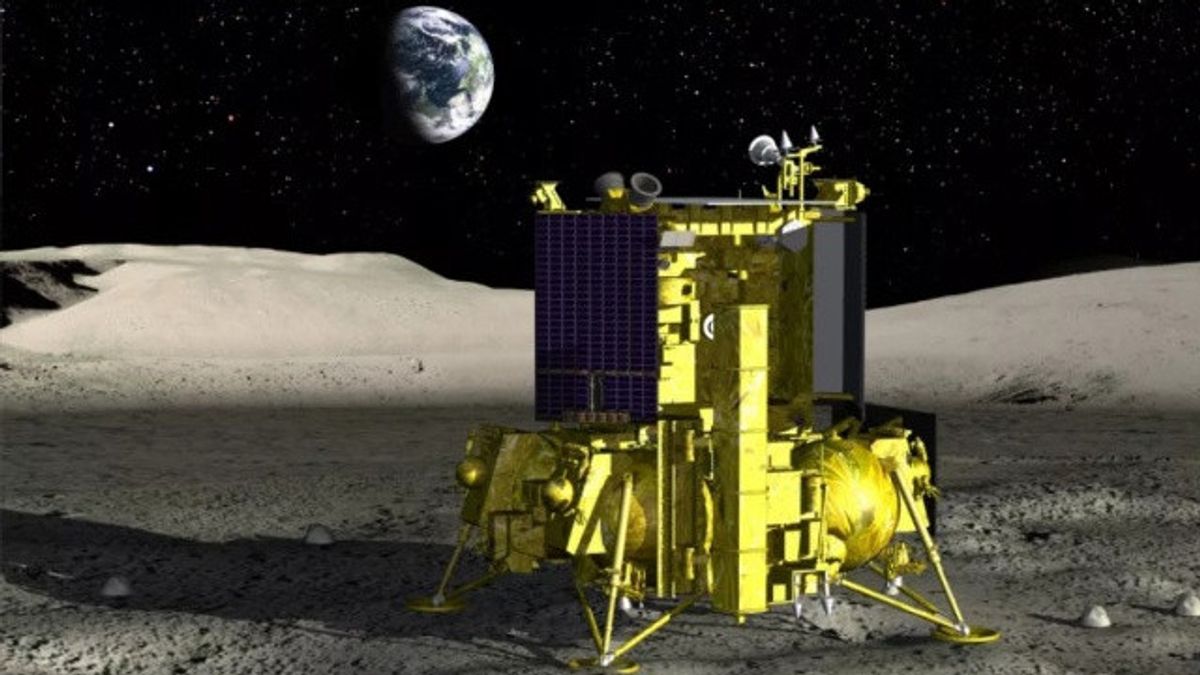JAKARTA - The Russian Space Agency or Roscosmos has begun to activate scientific instruments on board the Luna-25. The spacecraft is currently on its way to the Moon.
"Luna-25 continues its flight to Earth's natural satellite, all automatic station systems are functioning properly, communication with it is stable, its energy balance is positive," Roscosmos said.
After 47 years, Russia finally launched the Luna-25 on August 11 on a Soyuz-2.1b rocket from the Vostochny spaceport in Russia's Far East.
The launch was in an attempt to become the first country to make a soft landing at the Moon's South Pole, an area believed to have an ice bag.
The discovery of ice water can be historical, because it can be used for fuel and oxygen and drinking water. The spacecraft will enter lunar orbit on August 16 and land on August 21 for the next year.
"The first measurement data on the flight to the moon has been obtained, and the project's scientific team has started processing it," Roscosmos said.
اقرأ أيضا:
Furthermore, Luna-25 will study its internal structure and explore natural resources, including water, as well as study the impact of cosmic rays as well as electromagnetic radiation on the Moon's surface.
Luna-25 is also equipped with several video cameras that will record landing time intervals, Earth's natural satellite panorama in HDR format.
The automatic station will deposit dust for study and create programed video recordings and take photos of the Moon on orders from Earth.
By launching Luna-25, Russia will be racing against India, which launched its Chandrayan-3 lunar lander into space last month, such as being confiscated from Sky News and Daily Sun, Monday, August 14.
The English, Chinese, Japanese, Arabic, and French versions are automatically generated by the AI. So there may still be inaccuracies in translating, please always see Indonesian as our main language. (system supported by DigitalSiber.id)


















